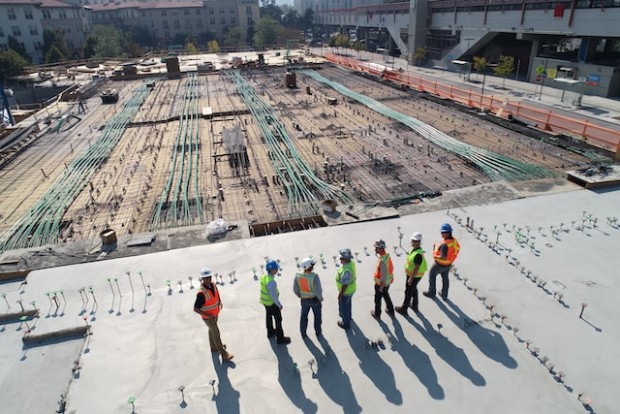Building practices are evolving in the twenty-first century to become more economical, environmentally responsible, and efficient. Prefab and modular construction is one significant development that is changing the way we construct our environment.

What is Prefab Construction
Prefabrication, sometimes referred to as prefab construction, is an innovative approach to building where the parts are produced in a factory and put together on location. Because this construction approach differs from the conventional ones, it is speedier and less expensive.
Instead of loud construction sounds and dirt everywhere, prefab construction happens in a clean and controlled space. Walls, floors, roofs, and even whole rooms are carefully made in factories, making sure everything is just right. This off-site way of building not only makes things faster but also creates less waste and is better for the environment.
This method of construction dates back to the 1830's and were used during the post-war construction efforts in Europe and Japan.
What is Modular Construction
On the other hand, modular construction means constructing entire buildings out of interconnected sections known as modules, modular construction goes one step further. These modules are constructed independently and assembled on location, much like building blocks. It's like you're building a house using LEGO.
The versatility of modular structure is one of its best features. Modular design, whether for a cutting-edge medical facility, a comfortable living space, or a modern office, permits customization without compromising functionality. Modular construction is an excellent choice for projects with tight budgets and timelines due to its flexibility.
Advantages of Prefab and Modular Construction
Prefab and modular construction are getting more popular for good reasons. Let's look at some of the big advantages that are making these new ways of building so popular:
1. Fast Building: Using prefab and modular methods can make building much quicker. Factories work efficiently, so the pieces are ready to use in no time.
2. Cost Savings: Making things in a streamlined way, using fewer materials, and needing fewer workers all help save money. That's why prefab and modular construction are good choices for developers on a budget.
3. Quality Check: Factories control the building process, so there's less uncertainty about the quality. Checks during manufacturing make sure each piece meets high standards.
4. Eco-Friendly: Less waste, energy efficiency, and using eco-friendly materials make prefab and modular construction good for the environment. Since we're always looking for greener options, these methods are becoming more popular.
5. Design Freedom: Some people think prefab and modular construction only make boring buildings. But that's not true! Architects and builders can be creative with layouts, looks, and functions.
Also Read: Advantages of Composite Materials in Construction Industry Innovation
Challenges of Prefab and Modern Construction
While prefab and modular construction look promising, there are challenges. Changing how people think about these methods, figuring out how to move the pieces, and getting everyone in the construction world to work together are big steps. But as technology improves and more people see the benefits, these challenges will likely get easier.
Prefab and modular building represent a significant shift toward a more intelligent, efficient, and environmentally responsible future than mere fads. It becomes evident when we blend old and contemporary that employing these construction methods is not only an option but also a must for our rapidly evolving global community. Prefab and modular buildings are paving the way for the construction industry's transformation, which has already begun.
Looking to the Future
Prefab and modular construction are all about new ideas, working fast, and being kind to the environment. As technology gets better and builders use these new ways more, we can expect even cooler and more efficient buildings.
Due to rapid urbanization, both the construction industry and businesses are looking for methods to build structures fast while considering its structural stability. According to a research, the prefab and modular construction market surpassed USD 147 billion in 2022 and is expected to increase in the next years.
In the future, we might see really smart buildings that use the Internet of Things (IoT) to make life easier. Buildings might be made even faster, and they'll be strong and changeable when we need them to be.
Prefab and modular construction aren't just fads - they're important parts of a big change in construction. As we move toward a future that cares about the environment and works faster, these methods are not just choices; they're like building blocks in a new way of making things. The plans for the future are being rewritten, and prefab and modular construction are helping with the changes.
Related Article: Earthquake Resistant Buildings: How Are These Structures Made to Withstand Disasters?







